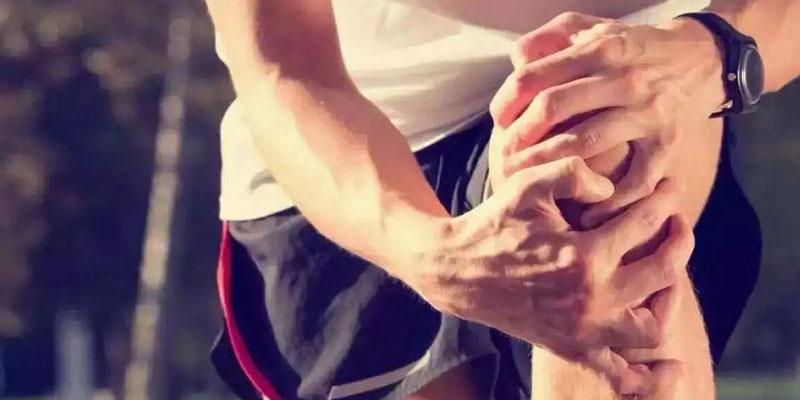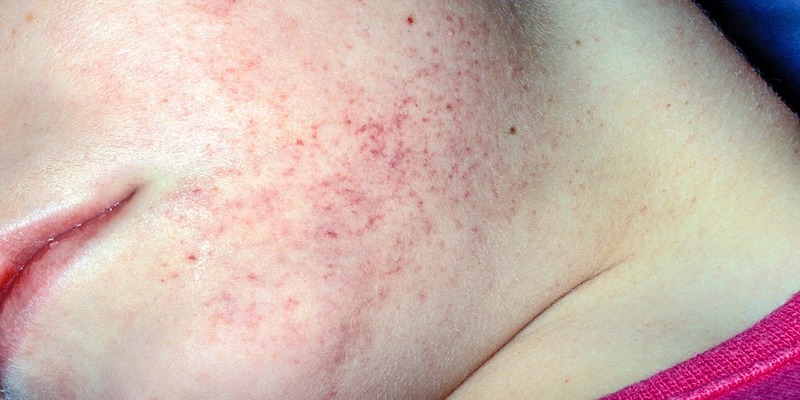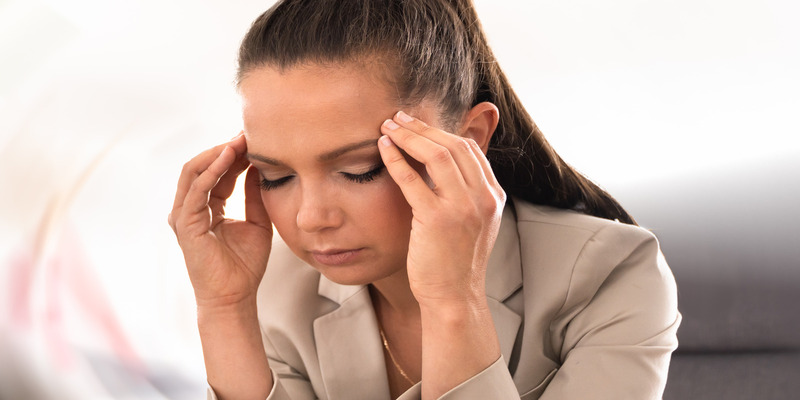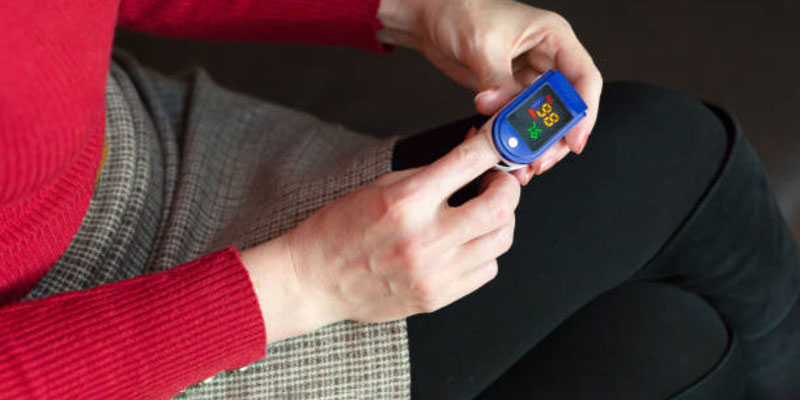The fact that you're hurting the next day may serve as a badge of pride, as it serves as a reminder that you got out of bed early to work out and pushed yourself to your physical limits. However, what does this indicate for the next day's training session?
Is it a terrible idea to go to the gym if you're in pain? A "no pain, no gain" mentality may have major ramifications if you're pushing full steam ahead when you should be slowing down. Sports medicine surgeon and NYU Langone Medical Center assistant professor Kirk Campbell, M.D., stresses the need of allowing your body the time to recuperate between exercises, he says.
There is a big danger in not giving your muscles enough time to rest, says Leesa Galatz, M.D., the chair of the orthopedic department at Mount Sinai's Icahn School of Medicine, in an interview with the Huffington Post.
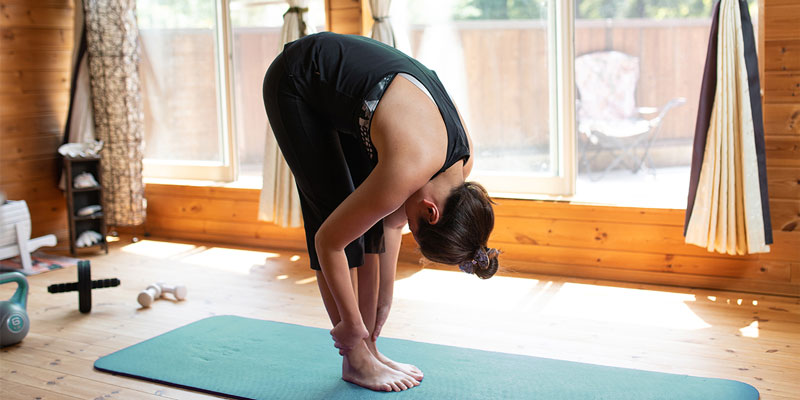
Painful Pleasure? The Imperative to Know
Small breaks produce a post-exercise ache in muscle fibers due to unusually severe exertion. The term "Exercise-Induced Muscle Damage (EIMD)" has been used to describe post-workout soreness. As a result, we may thank the extra kilometers logged or bench press weights added for aching quadriceps and hurting chests.
Delayed Onset Muscle Soreness, or "DOMS," is a common side effect of EIMD. This occurs when the discomfort in the muscles does not begin to subside for 24 to 48 hours following activity.
It's essential to listen to our body and take a day or two off when the discomfort restricts our ability to move. Remember that even the best athletes get a little sore after a hard session or a long training break. Hurt does not equate to "weakness," so don't be afraid.
In reality, the pain you're experiencing is a sign that your muscles have been worked beyond their typical capacity, and your body needs some time to heal. Torn muscle fibers regenerate and become stronger over time, although this can take anywhere from two to four days. Working out injured muscles can lead to more pain and setbacks, so be cautious.
Can I Work out?

Yes, in a nutshell, Then again, not right now. Time is required for your muscles to heal. Taking the stairs or rising from a seated posture without discomfort indicates that you need more time to recuperate from your injury.
Losing your footing and falling will only lead to more harm than good for your health. Light aerobic exercises, such as riding a stationary bike, can assist release your muscles and minimizing your discomfort.
Are There Advantages?
You may benefit from an "active" recovery if you're only a little achy. It could be pleasurable to:
- stretch achy muscles
- mild resistance activities, including core strengthening
- Low-intensity cardio (walking or swimming).
It's also possible to target muscle parts you hadn't previously worked on. For example, add arm weight training to your routine the day following a run. Light recovery exercise may have additional health advantages besides making you feel better.
Full-range activity, such as walking or light cycling, increases blood flow to the muscles. Soreness might be relieved faster if your blood flow is boosted. In other words, be sure you're not putting too much stress on your muscles by overworking them.
Getting a massage and doing recovery exercises may be equivalent in their advantages—the discomfort 48 hours after upper trapezius muscle workouts was compared in one study trusted Source.
After the workout, some people enjoyed a 10-minute massage. Some others used a resistance band to do their activities. However, further study is needed to determine if either recovery method is superior in the short term in alleviating DOMS symptoms.
Muscle Loss and Gain
After an exercise, you may feel aches and pains in your muscles because of microscopic rips in the muscle or a breakdown of muscle tissue. In the days following a workout, you may feel sorer if you try a new activity or increase the intensity.
On the other hand, your muscles become more resistant to this type of workout with time. They won't be as prone to decomposition or tearing. Satellite cells are used by the body to repair tiny rips and grow up more over time in reaction to the micro-tears.
As a result, muscular development and protection from future injury are achieved. For this process to occur, you must consume adequate protein in your diet and give your muscles time to recover.
Tips on How to Avoid Getting Sore
After a workout, take a few minutes to cool down. A cool down is different from a warm-up in that you're progressively lowering your heart rate and returning to a resting state.
For the first five to ten minutes, go for a stroll or a leisurely spin on the stationary bike. As an additional means of lactic acid removal, a 5- to 10-minute stretch session might benefit. Your muscles may feel like they're on fire after a hard workout because of lactic acid buildup.
The sooner you get rid of it, the sooner you'll be able to get back into the gym. After a workout, you may also roll out any tension using a foam roller. These recovery routines may help alleviate or avoid muscular discomfort in the days after muscle ache:
Yoga
Resistance band or stretching exercises
- easy walking
- lap swimming
- Simple cycling
Slow and steady wins the race when establishing a new fitness regimen or experimenting with a new form of exercise. Soreness can be avoided by gradually increasing exercise intensity and frequency.
Before embarking on a new workout regimen, consult with your doctor. A few days to a week after recovery, you may normally restart training depending on your fitness level and how painful you are. Consult with a trained fitness expert to develop a workout plan that's both safe and effective.
